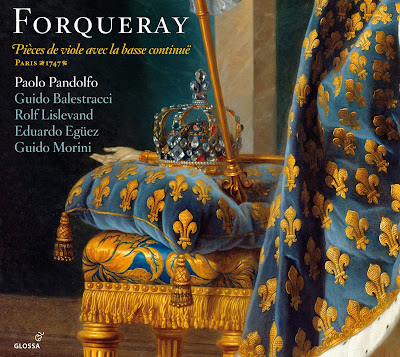It's the late Vier ernste Gesänge, Op. 121, that get the big print on the cover of this release by the awe-inspiring baritone Matthias Goerne, but actually the music on the album falls into a neat early-middle-late classification scheme. The group of middle-period settings of poetry by Heinrich Heine doesn't even get graphics on the cover, but these are fascinating. Brahms wrote a lot of songs, but you couldn't do better than the selection and performances here for a cornerstone collection item. Beyond the sheer beauty of Goerne's voice is an ability to shift gears to match how Brahms' style evolved. If you want to hear his real slashing, operatic high notes, check out the Lieder und Gesänge, Op. 32, settings of poems by the minor poets Georg Friedrich Daumer and Karl August Graf von Platen. These rather overwrought texts add up to a kind of slimmed-down Winterreise, and they catch the spirit of the still-young Brahms with his strong passions, elegantly controlled. The Heine settings, which come from several different sets of lieder, are not that often heard and are in some ways the most compelling of the group here. Goerne is a good deal quieter in these, except for a few bursts of emotion, and he draws the listener into Brahms' intricate phrase-rhythm recasting of Heine's deceptively simple rhymes. Sample Der Tod, der ist der kühle Nacht, Op. 96, No. 1, where Goerne keeps both Heine's four lines plus four and Brahms' three plus three plus two rhythms in your head at the same time. The Vier ernste Gesänge, Op. 121, the marquee attraction, are even more complicated in terms of the rhythm of the vocal lines of the songs. Brahms, the atheist, chose for this reflection on impending death (Clara Schumann's, and soon his own) biblical texts that don't mention God or Jesus, and devised a personal, reflective tone in response that relies on extremely subtle inflections of Martin Luther's prose texts. Goerne is clearly at the top of his powers here, and it would be difficult to find the results anything but haunting. This recording consists of a pair of sessions at Berlin's Teldex studios, held more than two and a half years apart. The sound is fine, but it would be nice to know who had the idea of putting them together on a single album. Whether it was Goerne or someone else, the final product is uniquely satisfying. (James Manheim)
Prokofiev’s demanding, conceptually lopsided Cello Concerto, failed
at the box office and has been little heard. Indeed, the only
significant on-disc competition for Steven Isserlis’s blazing live
account comes from the 2000 recording made by the late Alexander
Ivashkin. With a Russian cellist and orchestra, the music sounds
deceptively ‘Soviet’ so that we experience it counterfactually as a
variant of the entity it would become years later when refashioned for
Mstislav Rostropovich as the Symphony-Concerto, Op 125. Isserlis’s
reading may yet mark a step change in the reception history of the 1930s
original. No matter that Paavo Järvi’s accompaniment feels
super-efficient rather than comparably spontaneous. Applause is excised.
While
you might not consider the hard-edged companion concerto a natural
Isserlis piece, the cellist has played it a good deal. Distinctly brisk,
except in the initial Allegretto, the new studio interpretation is
flexible rather than lightweight or disconnected in feeling, with no
lack of soulful emoting. In the first movement Isserlis conjures some
surprising, visceral sounds from his instrument, ratcheting up the
tension with a febrile, nervy vibrato up high. Being less comatose than
usual, the second movement can afford to proceed in longer breaths, the
not-quite-immaculate solo line spurning vibrato one moment, sliding
romantically the next.
Yes, Rostropovich was grand and
implacable, more lyrical too in a sense, but you’ll have one or other of
his Shostakovich recordings already and he was understandably committed
to the revamped version of the Prokofiev. The present disc has its own built-in encore, as arranged by Gregor Piatigorsky, the émigré virtuoso
for whom Prokofiev began his concerto and with whom Isserlis himself
intended to study. The soloist contributes his own lively and
individualistic booklet-notes, enhancing the value of a fascinating, I’d
say unmissable project. Sympathetic miking ensures that his relatively
modest sound is never swamped even if the suggestion of insectile
buzzing is not wholly avoided. (Gramophone)












































